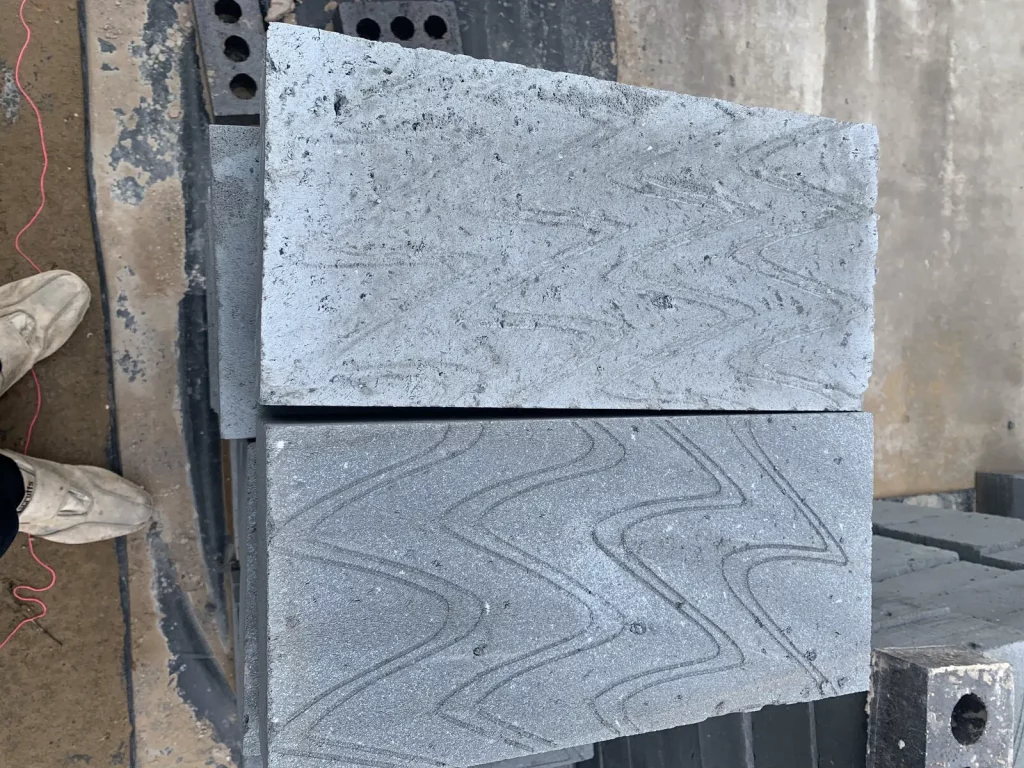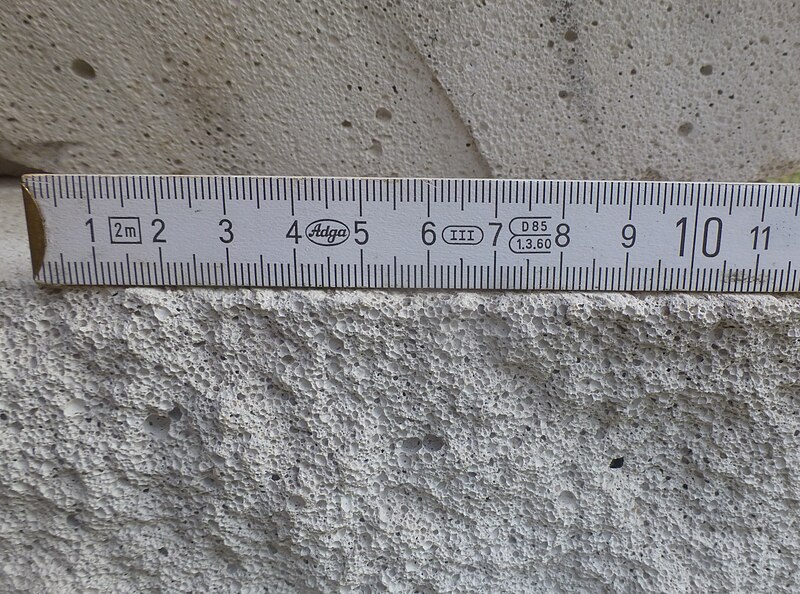Choosing the right building material is a crucial decision in construction projects, influencing the structure’s durability, sustainability, and overall performance. Concrete, ash, and Thermalite represent three distinct materials with unique properties and applications in the construction industry.
Each material offers specific advantages and considerations, catering to various project requirements. Exploring their characteristics and benefits helps in determining the superior option for different construction needs.
Concrete! The Time-Tested Titan
Concrete is a fundamental building material known for its versatility and durability. It consists of a mixture of aggregates (such as gravel or crushed stone), cement, and water. This combination forms a solid and robust material that has been integral to construction for centuries due to its numerous advantages:
Advantages of Concrete

Strength and Durability
Concrete’s remarkable compressive strength makes it an excellent choice for supporting heavy loads and structures, ensuring stability and longevity.
Longevity: Its durability against weathering and structural stresses makes it suitable for long-term applications, from foundational work to tall skyscrapers.
Versatility
Concrete’s moldable nature allows it to adapt to various shapes and forms, enabling architects and designers to create diverse architectural styles and designs.
It can be used in different construction phases, including foundations, walls, floors, and decorative elements, offering versatility in construction projects.
Fire Resistance
Concrete’s inherent properties make it highly resistant to fire, providing an added layer of safety and protection in buildings.
Cost-Effectiveness
The raw materials required for concrete, such as aggregates and water, are often widely available, reducing logistical costs.
Concrete’s manufacturing process is relatively straightforward, contributing to its cost-effectiveness compared to some alternative materials.
Considerations with Concrete
Carbon Footprint
Cement, a crucial component of concrete, is a major contributor to carbon emissions during production. The cement manufacturing process involves high-energy consumption and releases substantial carbon dioxide, impacting the material’s overall environmental sustainability.
Maintenance
Over time, concrete structures may develop cracks due to factors such as weathering, seismic activity, or settling. These cracks could compromise the integrity of the structure and require regular maintenance and repairs.
Sustainable Innovations and Mitigations
Efforts are underway to mitigate concrete’s environmental impact and address its limitations:
Research into alternative binders to reduce cement usage or develop more sustainable cement formulations is ongoing.
Using recycled materials as aggregates can reduce the environmental footprint of concrete production.
Incorporating advanced reinforcement technologies helps enhance concrete’s strength and reduce the likelihood of cracks and deterioration.
Ash! A Sustainable Alternative
Ash-based construction materials, including fly ash or bottom ash, have gained attention for their sustainability and potential to reduce environmental impact by repurposing industrial by-products.
Advantages of Ash-based Materials
Utilizing ash in construction helps reduce the amount of industrial waste that would otherwise end up in landfills, contributing to environmental conservation efforts.
By repurposing industrial residues like fly ash or bottom ash, construction projects can contribute to lowering the carbon footprint associated with concrete production, as ash can replace a portion of cement in concrete mixes.
Ash-based materials can improve the workability and performance of concrete mixes. They can act as supplementary cementitious materials (SCMs) or pozzolans, enhancing the concrete’s properties like workability, strength, and durability.
Similar to concrete, ash-based materials can exhibit strong durability, contributing to the longevity and structural integrity of construction projects.
Considerations with Ash-based Materials
Maintaining consistent quality in ash-based materials requires rigorous quality control measures throughout the production process. Variations in ash composition and properties may necessitate careful monitoring to ensure uniformity in the final product.
The availability and use of ash-based materials may be influenced by local or regional regulations. Regulatory guidelines related to handling, disposal, or utilization of industrial by-products can impact their accessibility and utilization in construction projects.
Sustainable Innovations and Mitigations

Efforts to optimize the use of ash-based materials and address associated challenges include:
Establishing industry standards and rigorous testing methodologies helps ensure consistent quality and performance of ash-based materials.
Continued research aims to enhance the understanding of ash properties, enabling better utilization and integration into construction materials.
Collaboration between stakeholders to advocate for supportive policies and regulations promoting the use of ash-based materials in construction while ensuring environmental safety and quality standards.
Thermalite! The Lightweight Solution
Thermalite, a lightweight aggregate material, presents a distinct set of characteristics ideal for insulation and construction in certain scenarios.
Advantages
Thermalite’s porous nature provides excellent thermal insulation, reducing heat loss in buildings.
Its lightweight nature makes it easier to handle and transport, reducing construction time and labor costs.
- Acoustic Insulation: Offers good soundproofing capabilities.
- Load-Bearing Limitations: May not be suitable for heavy-load bearing applications compared to concrete.
- Moisture Absorption: Requires adequate protection from moisture as it can absorb water.
Final Words
In conclusion, the selection between concrete, ash, and Thermalite depends on a project’s unique needs and priorities. While concrete remains a stalwart in construction due to its strength and versatility, ash and Thermalite offer sustainable and specialized solutions. Balancing structural requirements, environmental considerations, and practical constraints will aid in choosing the most suitable material for a successful construction endeavor.











